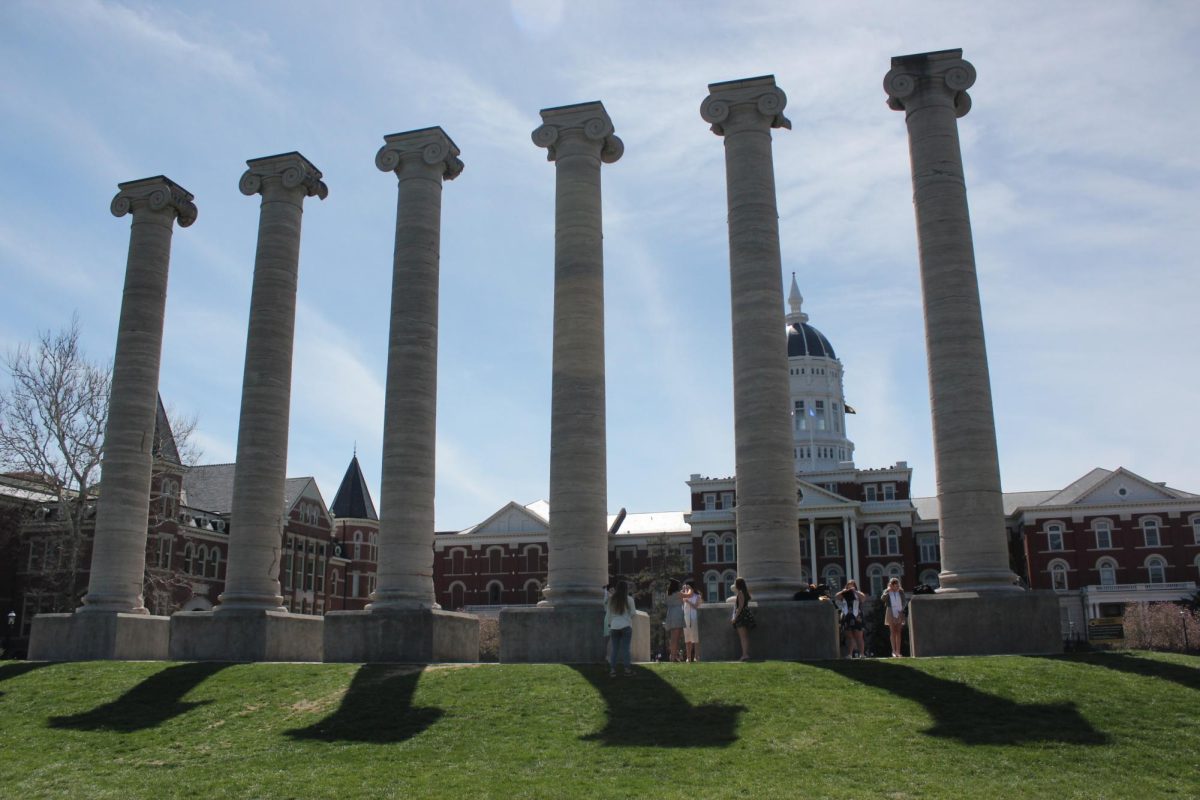With the end of this school year quickly approaching, many high school seniors are wondering about their future education, whether that’s going directly into the workforce, going to trade school, or starting college. Many students are excited for the next step, but not accounting for the cost of education.
Using info from the Education Data Initiative, the cost of college, adjusted for inflation, is 747.63% higher now than it was in 1963 – comparing the average cost of tuition in 2024 ($26,000), that would – without addressing how universities have also brought prices up in general – make the cost of tuition only around $2,281 in the 1960s.
Looking at schools across Kansas and Missouri, the adjustments for inflation highlight the effect inflation has in general. Most of the following D1 schools would only have cost around $3,000 – in 1970. The following prices were taken from each University’s website for one year of tuition.
| University | Tuition (before aid) | Adjusted to 1970 |
| Missouri (Mizzou) | $27,672 | $3,481 |
| Kansas (KU) | $28,280 | $3,557 |
| Southeast Missouri | $24,988 | $3,143 |
| Kansas State | $25,986 | $3,269 |
| Wichita State | $26,126 | $3,286 |
Now, while some of this can be brushed off as the natural adjustment for inflation, this graph also doesn’t factor in the rising cost from universities themselves. Using info found by Best College’s editorial staff, the cost of tuition on average was $726 in 1970, or $5,777 in today’s money. The average cost of tuition today, $26,000, means that most colleges have raised their prices by $20,000.
So where did this college rise come from? Well, with the rise of college being pushed during the 1990s, many universities took advantage of the situation to increase their cost. Between 2000 and 2021, the education cost rose 65% from around $8,000 per year to $14,000 on average, including financial aid.
To add another layer, this also doesn’t factor in interest rates. The current federal interest rate is 5.50% per year for a bachelor’s degree. Using Southeast Missouri State University as an example, the cost to pay back one year of tuition over the course of 20 years would be $41,253, with $24,988 going toward tuition and $16,265 going toward interest. For a full four years ($99,952), it would end up adding a total of $65,061 in interest overall, on top of the price. This is assuming that you’re able to make $687 in monthly payments, something out of reach for the majority of people. It should be noted that this does not factor in Financial Aid and Scholarships.
It’s clear that the cost of tuition has caused a problem. Over 43 million Americans currently have outstanding student loan debt, and the current count in total for all student loan debt is $2,064,901,464,298, as of Feb. 19, 2024, according to the Student Debt Crisis Center on X (formerly Twitter). Multiple solutions have been proposed, ranging from tuition-free education (such as what countries such as Germany, Austria, and Finland do) or removing the inflation rates (such as Canada). The recent subject of wiping student loan debt has been a major subject of recent political controversy, however, some advances have been made, with 153,000 people having recently had their student loans wiped.








